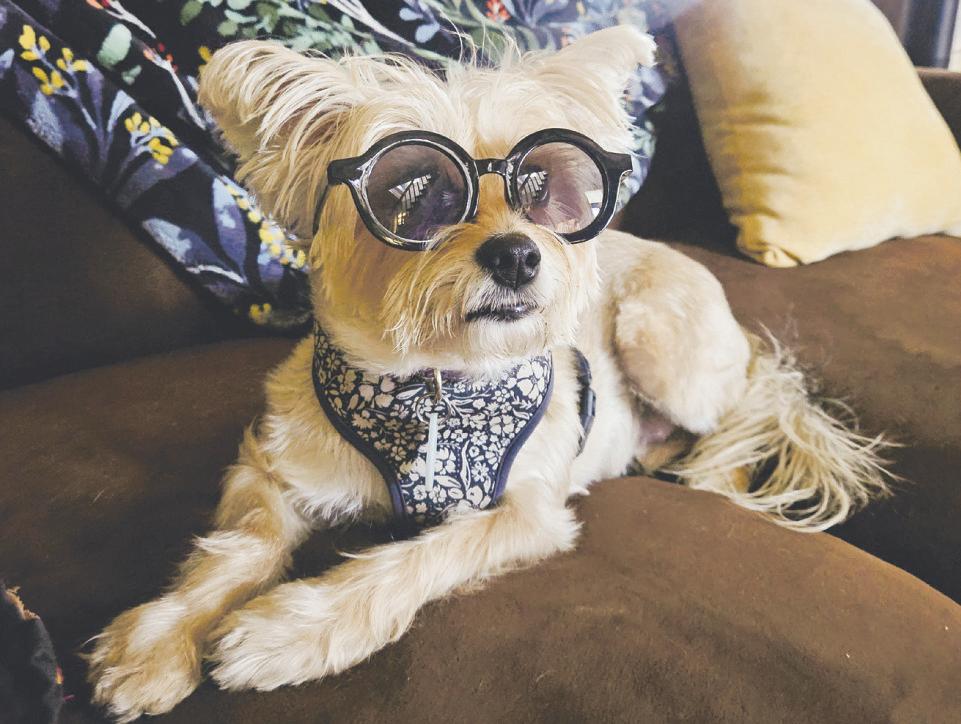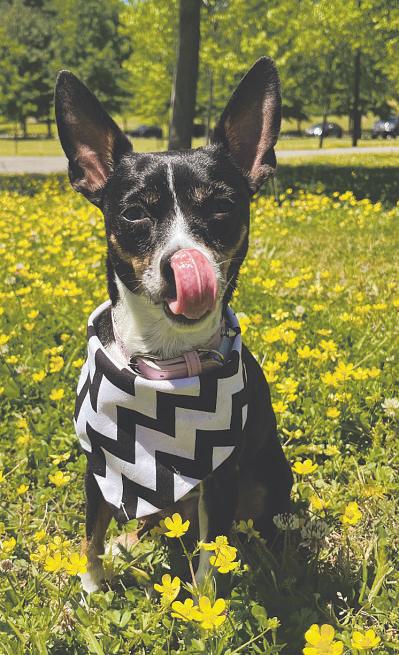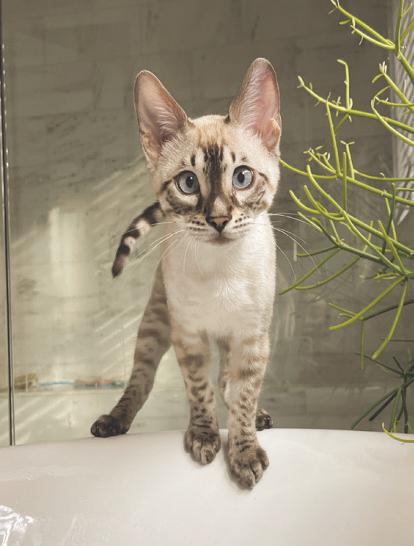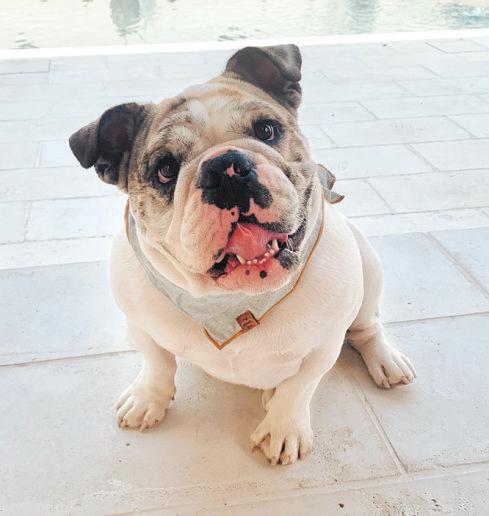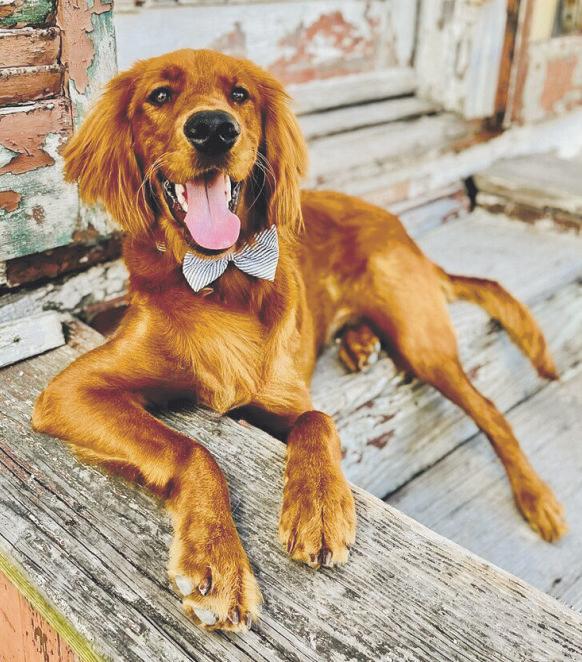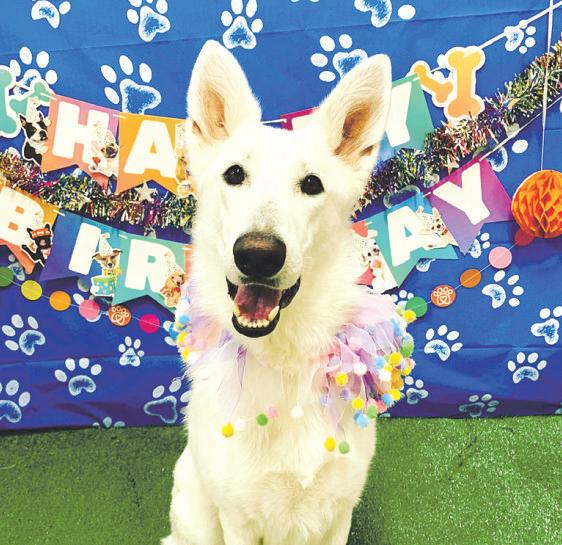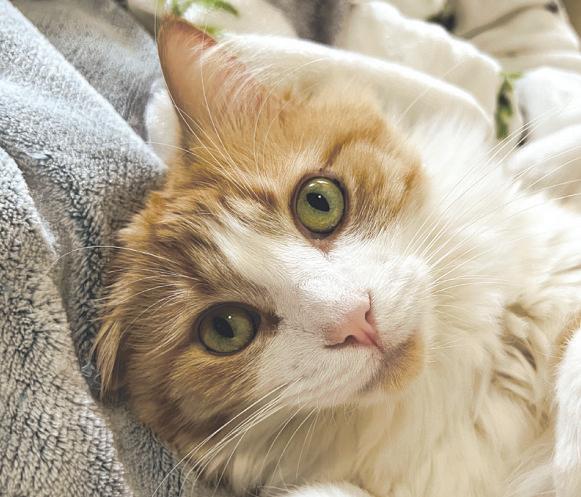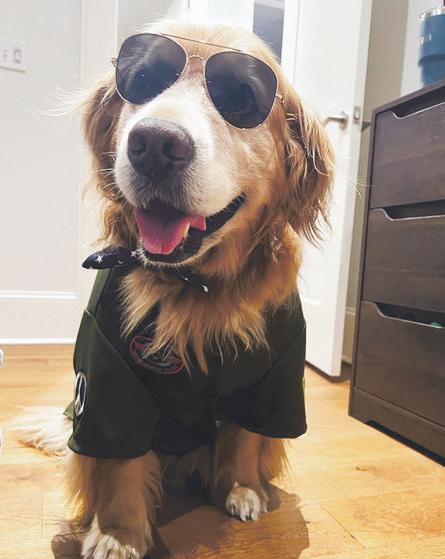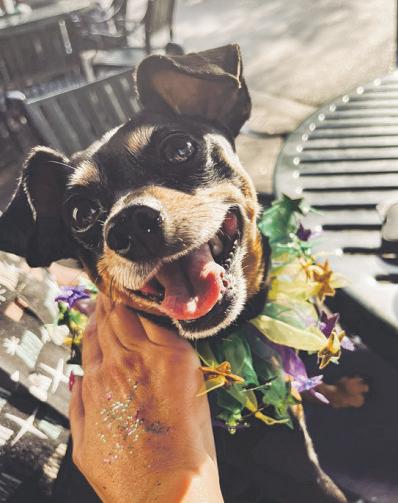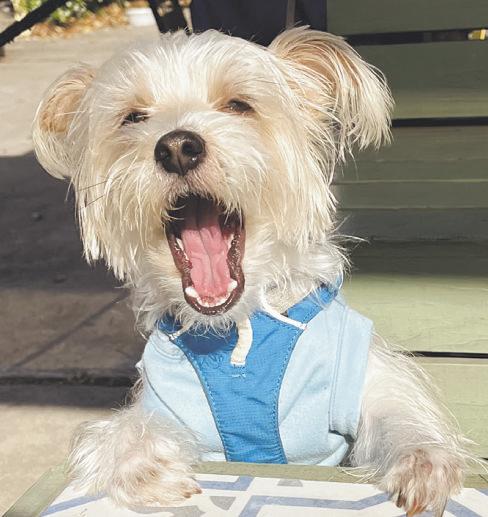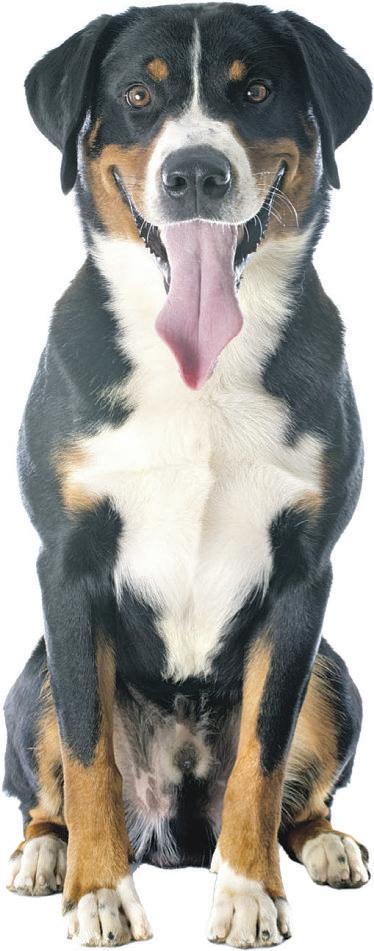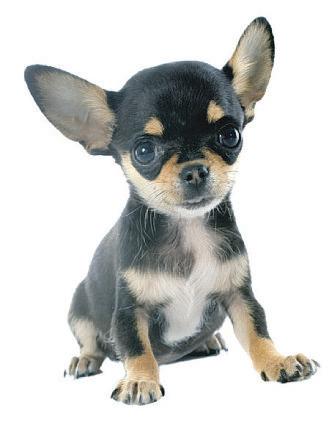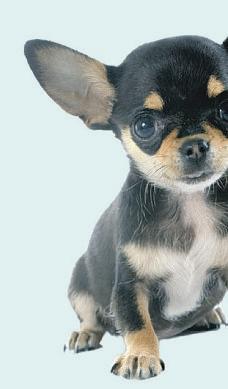PAW-FECT POSES!
PHOTO CONTEST WINNERS
CATCHAT!
PRETTY PRETTY
PRINCESS MEOW MEOW JAWSYJAWS
TIPS FORINTRODUCING YOUR PUPTO
ANEW BABY



CATCHAT!
PRETTY PRETTY
PRINCESS MEOW MEOW JAWSYJAWS
TIPS FORINTRODUCING YOUR PUPTO
ANEW BABY


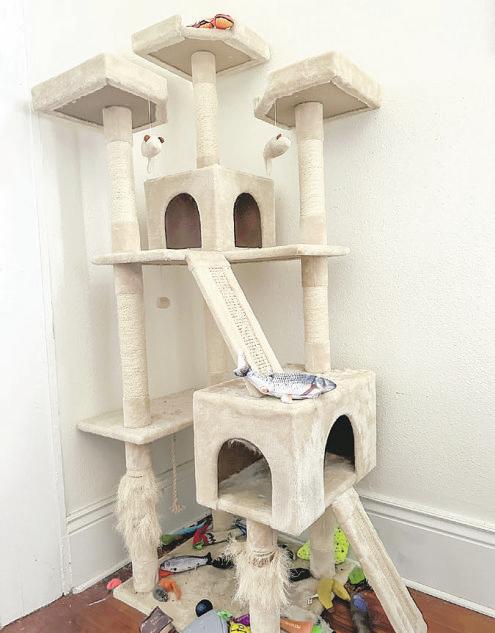
Hello, and welcome to another edition of Cat Chat. I am your Royal Highness and Hostess with the Mostest, Pretty Pretty Princess Meow Meow Jawsy Jaws.
IN THIS EDITION, We have decided to address one of the most pressing problems in all of Catdom. No, not how to get the bipeds to stop trying to put us in outfits, the other most pressing problem: What to do when your human decides to bring home a dog

While the most obvious answer is, of course, a bit of canine “disappearing,” that can lead to tears, which in turn leads to your human getting suspicious. And that can lead them to discovering details of the Feline Master Plan, which is simply unacceptable
So, the unimaginable is going to happen
A goofy slobber machine is going to join your court. This can be an incredibly distressing and stressful process for you, your human and even for the dog (remarkably, they are capable of higher emotional responses, according to cat scientists).
We “did the research” and even talked with the humans at Our former real estate and human adoption group Zeus’ Rescue to get some tips on what your human needs know to make this process as easy as possible
PATIENCE. First up, everyone needs to understand this is probably not going to be
a quick process Sure, sometimes dogs and cats can quickly come to terms, especially if the dog is a puppy. But more often than not, it’s going to take some time to get everybody comfortable, so have patience.
THE SMELL TEST. One tip expert bipeds had is to start the integration process by playing to the most potent of senses: scent. It’s a simple process. While your dog still lives elsewhere, your human should take two clean socks, rub one on the dog, one on you, particularly your face, such that they’re nice and smelly Then the humans should introduce you each to the other’s sock When either you or the dog smells the sock, the human should immediately give you each a VERY delicious treat. Not a normal day to day treat, but a seriously delicious treat. Think tuna fish or a piece of cooked chicken. Have your human repeat this process several times a day for three to four days
PATIENCE. Did We mention that smell test will take three to four days? Because it will So remind your human to be patient.
SOMETIMES A DOOR IS, IN FACT, NOT JUST A DOOR. Next up is introducing your new roommate into your space physically but also out of sight This will allow you and the dog to be at home with each other without having to actually acknowledge that fact for a few hours at a time. After a few days, have your human begin holding your and the dog’s regular feedings on either side of the closed door.
Sharing a meal is a great way to get comfortable with someone new, but at least in the beginning let’s make sure you can’t see each other eat. This process can take a week or two. Which leads us to
PATIENCE! Seriously, patience is the biggest part of all this
SEEIN’ — AND NOT BEING EATIN’ — IS BELIEVIN’. It’s time for the big reveal face to face contact. First, your human will need to get a baby gate or other see-through barrier high enough to keep the new dog from jumping over it Next, they need to make sure you have plenty of safe spaces, preferably ones that are not only ground level but also high up. The dog should be leashed at all times, and your human will need to be on guard. Begin with a few hours and gradually expand your almost together time over the next week or so until the new dog finally understands its role which is below you and you can feign forgetfulness of its existence (while remaining ever vigilant to the canine conspiracy, of course)
HIGHLY SUPERVISED VISITATION RIGHTS. Once you’re both comfortable being in the same space with each other with the see-through barrier, it’s time to TAKE DOWN THIS WALL. Again, this will be scary at first. That’s normal. Just make sure the dog is leashed and your human is in constant control of them. Have your human re-enforce everybody’s good behavior with delicious treats and plenty of safe spaces for you. And, remember, PATIENCE. Your human should start with short visits and slowly increase their length over the next several days until everyone is happy as clams, and the dog is paying proper respect and tribute to you, the higher order species.
If for some reason the new dog is still having trouble not bothering you, your human should consult one of the many professional bipeds in New Orleans who specialize in dog training for help Or, We can always recommend “a guy” We know who is great at making problems “disappear.”



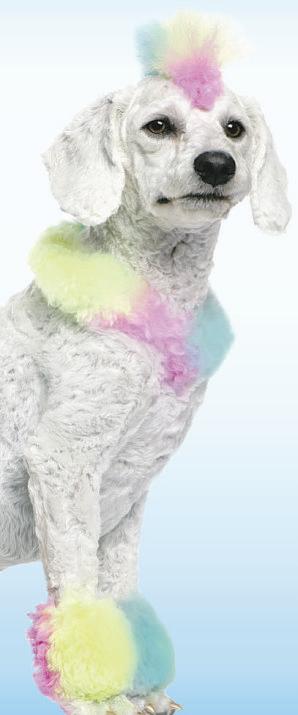

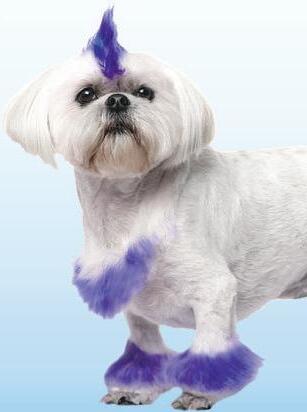








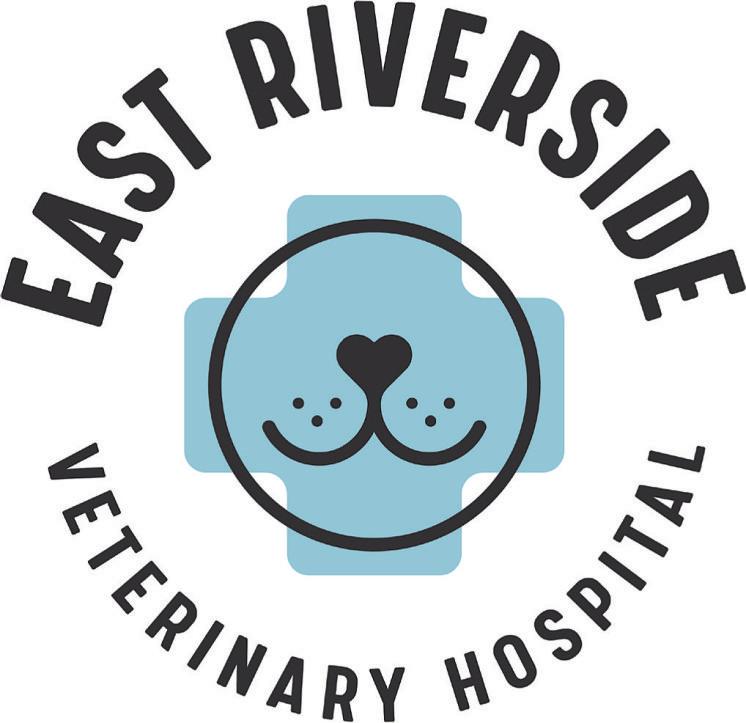
FOR MANY PEOPLE, a “fur baby” offers plenty of hands-on experience, companionship and a strong sense of what it’s like to be responsible for another living being.
But when you’re expecting a baby of the human variety, there’s an endless list of things to prepare for, like middle of the night feedings, constant diaper changes, sleep deprivation and generally your entire life being turned upside down.
And, of course, a new baby will change your relationship with your pup, as the infant will take up the bulk of your undying attention for a good, long while.

Luckily, there are plenty of triedand-true tips from professionals and parents on how to get your pet prepped for the new family member. Gambit spoke with Janette Rael, a certified dog trainer with R+Dog Training, who has plenty of experience in helping people adapt to parenthood while keeping their dogs healthy and happy despite, perhaps, the initial competition for attention. And if you do it right, the human baby and the fur baby will soon be living in harmony, in one big, happy, blended-species family.
Rael says that it’s important to start preparing your canine companion “as soon as possible” for the new human household member.
It might seem silly at first, but it pays off to cosplay parenthood in the early months
While preparing for the infant’s arrival, she suggests getting a doll or a newborn-sized stuffed animal and wrapping it up in a blanket in
your arms and carrying it around the house, so the dog can get used to the new foreign “object” that will soon require all your attention.
(This also helps expectant parents get used to having their arms full all the time.)
“Practice as if you have the baby already,” Rael says “Get a doll, wrap it in a blanket, and teach the dog not to jump up when they see it.”
This is also a good time to brush up on basic commands like “leave it,” “get down” or “go to your place” while directing them to a crate, bed or other safe space in the house where they won’t bother you or the baby
Rael says many dog parents drop their hounds off for training courses at her facility to learn these simple commands, and then practice at home A fun bonus: this may also help dog parents get used to the idea of one day dropping kids off at school, and then helping them with homework
Pregnancy can also be a good time to help the dog develop a positive association with the idea of the baby.
Rael, who emphasizes positive reinforcement in her training courses, recommends keeping treats and toys and other enrichment devices around to not only distract the dog and give them something to do (besides follow you around), but to also recognize that the new family member is going to be a positive addition to the household
Dog owners likely already know their pet’s comfort zone or safe
Ablended-speciesfamilycanliveinharmony.
space, whether it’s a crate, a bed or a playpen But if the dog is used to having full-run of the home, set up new barriers like baby gates or playpens in advance so the dog can get used to new boundaries and more confined spaces Having barriers like gates and playpens can also make life easier once the baby is born It’ll give the dog a safe boundary so you can tend to the baby without wondering if the pet is somewhere he or she shouldn’t be
To emphasize that these areas are positive places, get enrichment toys, puzzles or other activities to keep the pet busy and engaged
while you’re out of sight tending to the newborn.
The adjustment period to a new baby can vary depending on the dog’s age.
For some, especially younger dogs, it could be a pretty quick transition
“Puppies and adolescent dogs are in a lot of developmental stage too,” Rael says. “So they are going to be a little more flexible with learning and new things. Changes aren’t as big of a deal for them.”
The biggest challenge with younger, more enthusiastic dogs is managing their impulse control, and again, making sure they can obey verbal commands and be trained to not jump up when you’re holding the baby.
But older dogs might have some challenges in getting accustomed to the new family member, so Rael says to be patient. This can also mean paying attention to their body language and facial expressions and soothing them if they seem anxious.
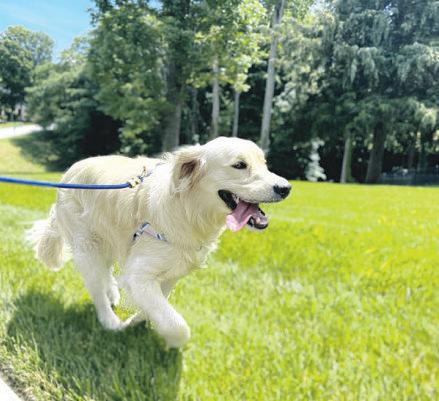
“An older dog with a routine, who has never had to deal with a crying, screaming little human, maybe it’ll be a lot at first,” she says
The good thing about new babies is that loved ones are especially eager to help out. But perhaps they can best be of assistance by tending to the dog, not the infant
It’s a good idea to have a family member, friend or trusted professional around to help walk and feed the dog when you’re too tired or occupied. They can also help ensure that the dog can stay on a routine and receive plenty of attention when yours is elsewhere.
Rael says it’s extremely important that the dog and the new baby never be left unsupervised in the same room, especially in the early months.
Duringtheinitial“gettingto knowyou”phase,afurbaby andahumanbabyshouldbe constantlysupervised

“When you’re not available to work with the dog, it should be behind a baby gate or in a crate, or on a leash with somebody else if there’s somebody else there to help manage the dog,” she says
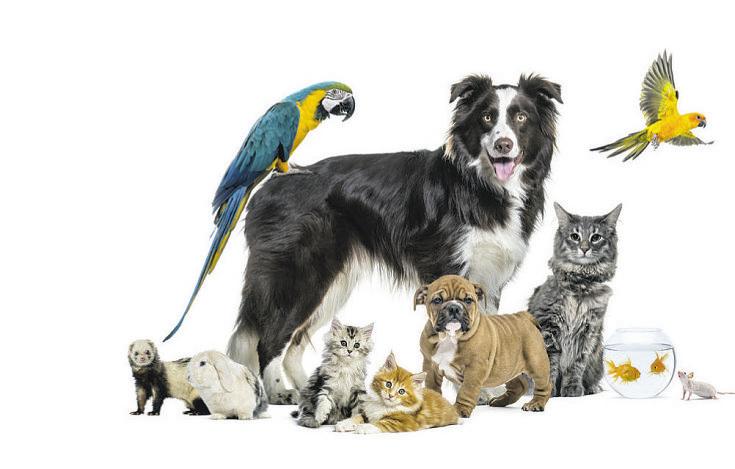
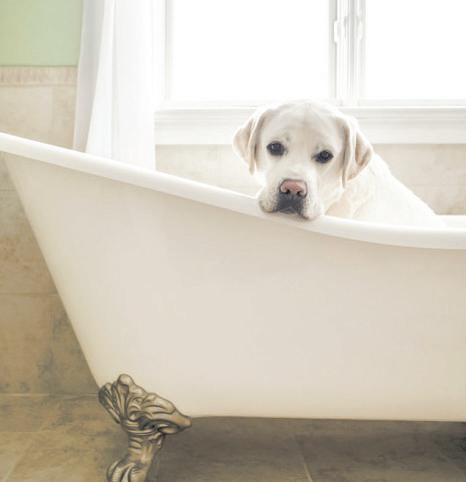




Set the puppy or dog up with refresher lessons on commands and get them outside to burn off energy when you know you’ll be busy throughout the day later. If you’re too busy to walk the dog and that’s likely get a friend, family member or professional dog walker to help out. In some cases, it may be wise to board the dog for the first few days, get them into a doggie daycare program, or send them to a friend’s house to be cared for, “whatever makes the most sense for your household,” Rael says.

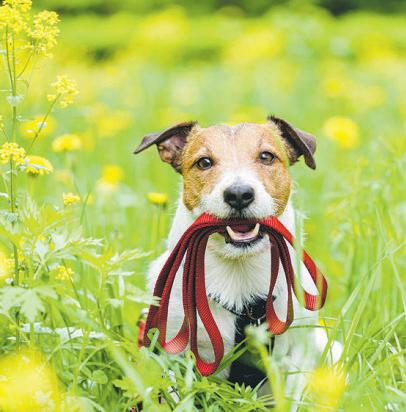
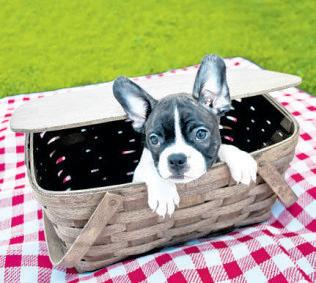

Another helpful tip: If you’re in the hospital with the new infant, send someone home with a piece of cloth or a blanket that’s been close to the baby, so the dog can get used to the smell. That way, the dog won’t be entirely unfamiliar when you bring the baby home.
Above all, she says, “The biggest thing is being proactive and making sure you have a plan in place, like where the dog will be, and where the baby will be Have a plan for delivery, and during the first couple months, make sure they’re being walked and exercising regularly.”

